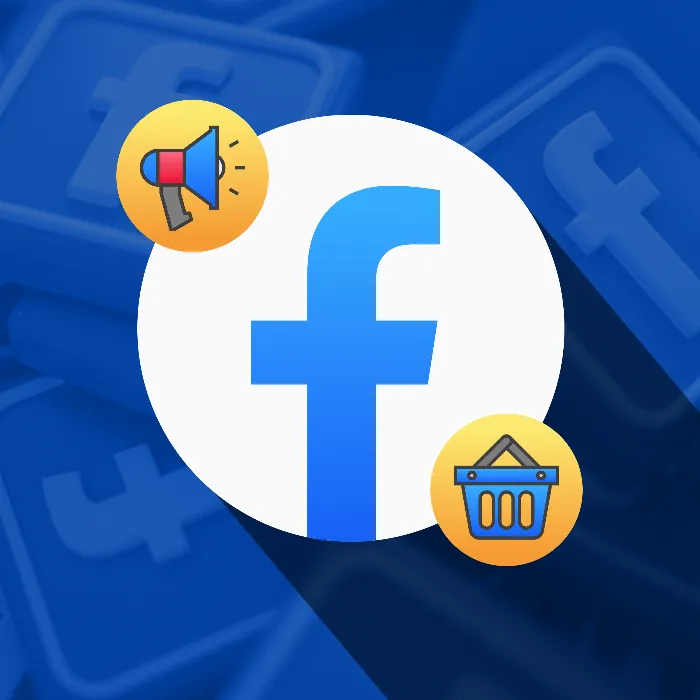In today's digital marketing landscape, predefined conversations are an essential tool for companies looking to increase their efficiency and enhance user engagement. Particularly on platforms like Facebook, the right conversation templates can make the difference between an interested potential customer and a missed opportunity. In this guide, you will learn how to create predefined conversations that grab your target audience's attention and boost engagement.
Key Insights
- Designing engaging predefined conversations can have a significant impact on the efficiency of your advertisements.
- Conducting A/B tests of different approaches to conversation design can greatly enhance user interaction.
- Personalization, by addressing users by their first name, creates a more personal connection and can increase response rates.
Step-by-Step Guide
1. Understanding the importance of predefined conversations
First, you should recognize the significance a well-crafted predefined conversation has for your marketing. The contact users make with your brand is crucial for future sales figures. An appealing text can significantly increase interaction.
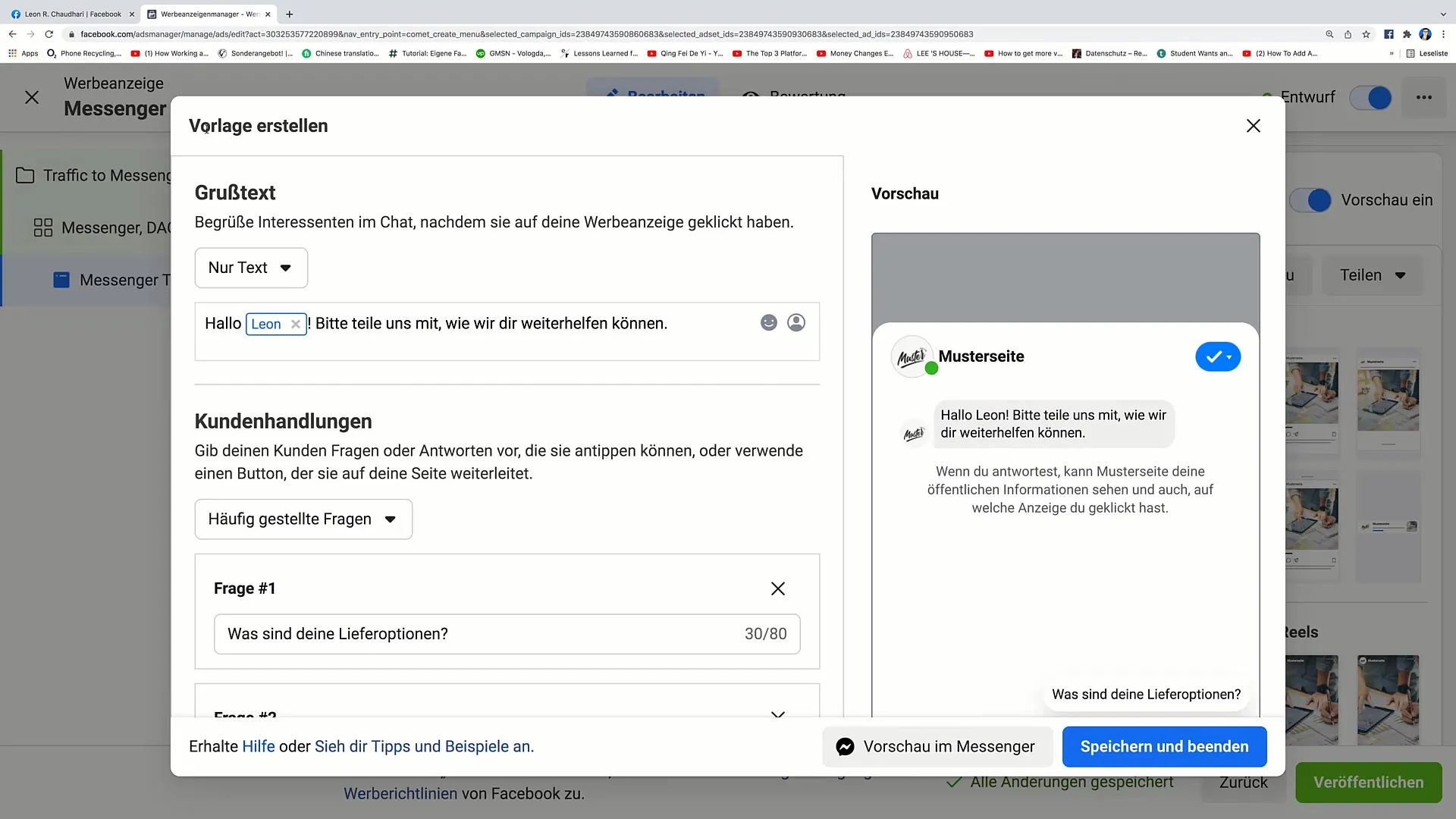
2. Creating the first text
Here you can start by formulating your first predefined text. Begin with a simple request that directly addresses the users. For example: "Hello Leon, please inform us how we can assist you."
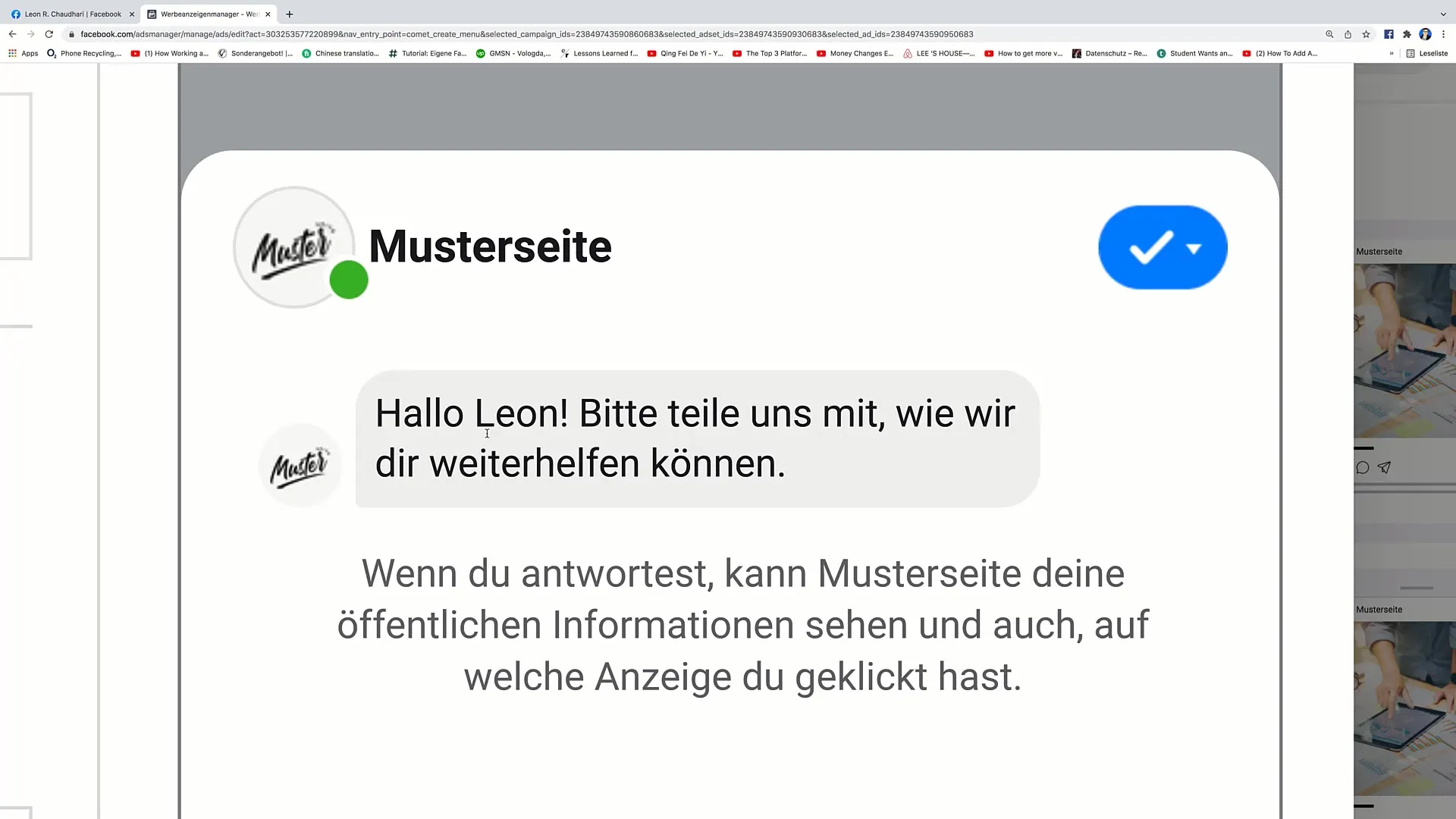
3. Conducting A/B tests for different variants
To determine which formulations resonate best, it is recommended to test different variants of your text. This is known as A/B testing. You could also send a message that includes a "casual" element, such as: "Hi Leon, pay attention! I have an exciting method for you. Send me the word 'method'."
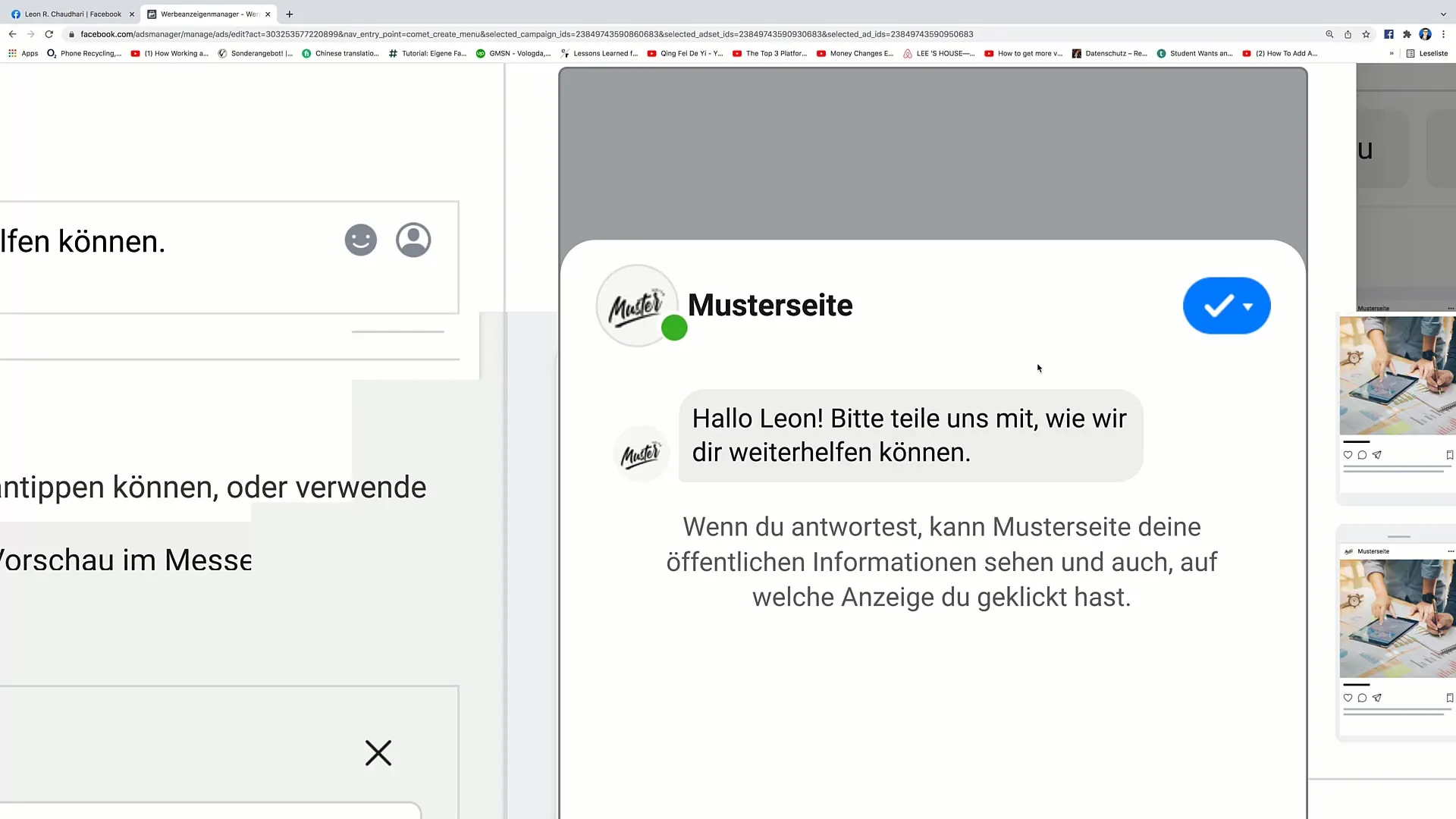
4. Personalizing the address
Personalization is an important aspect for establishing a connection with users. You can insert the recipient's first name into your text. Click on the personalization option and select the recipient's first name.
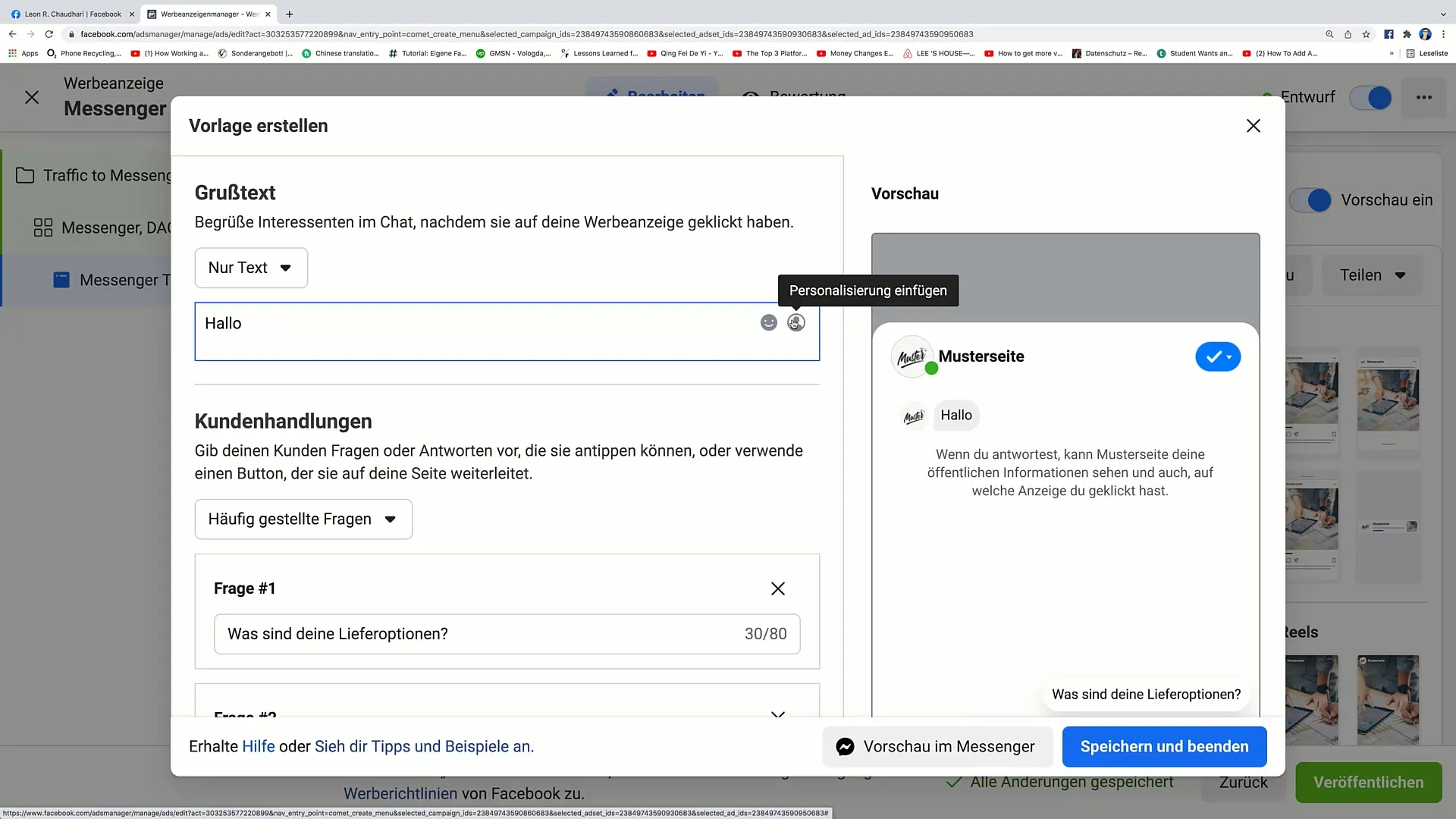
5. Integrating emojis and visual elements
To lighten up your text, you can include emojis. This can help make the text more appealing and provide visual stimuli. A simple emoji pointing downwards can encourage users to take action.
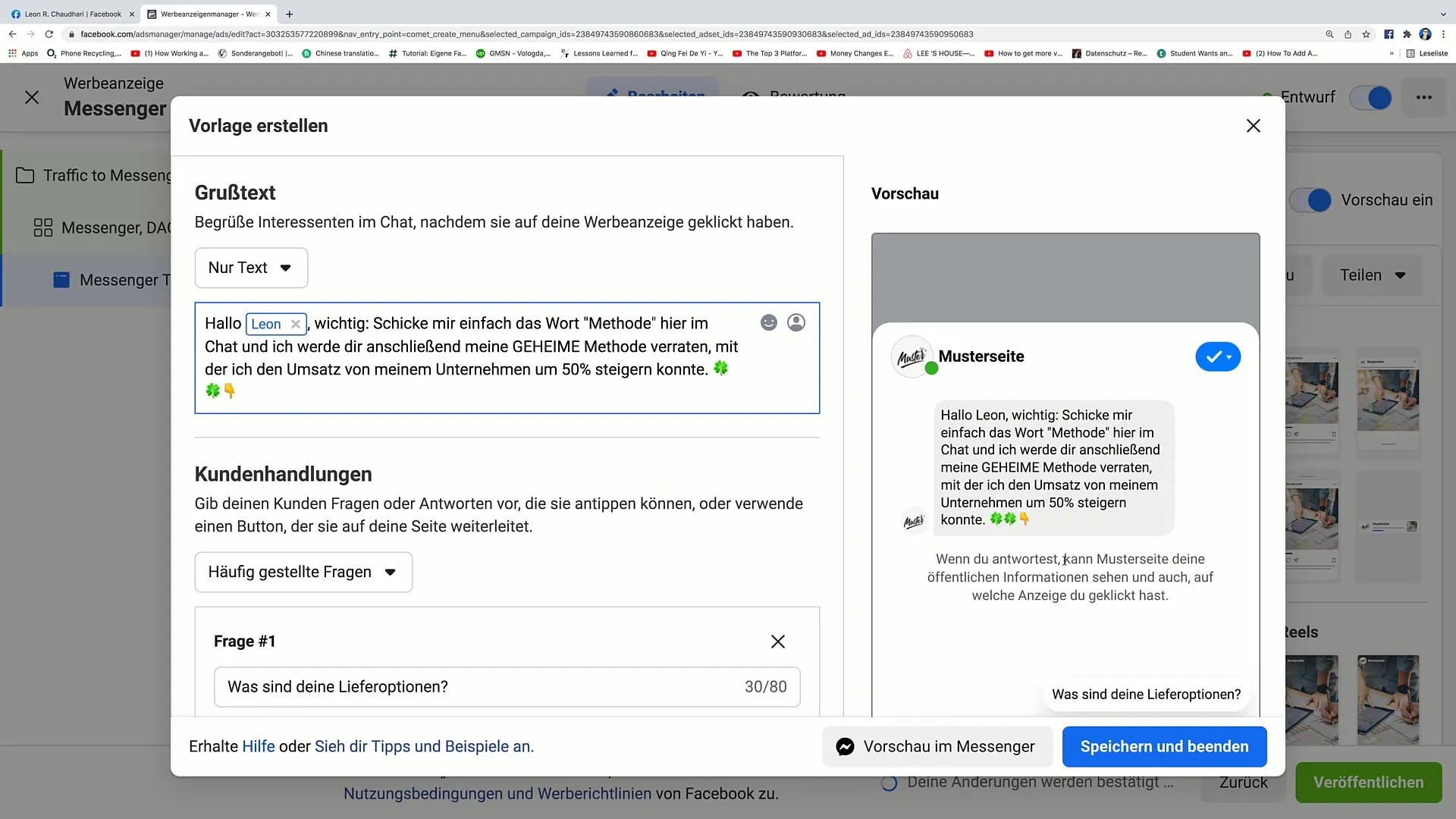
6. Adding frequently asked questions
Consider the questions your target audience often asks and add them as buttons in the chat. These can be questions about delivery options or product prices. This makes the chat more interactive, and users quickly get the information they need.
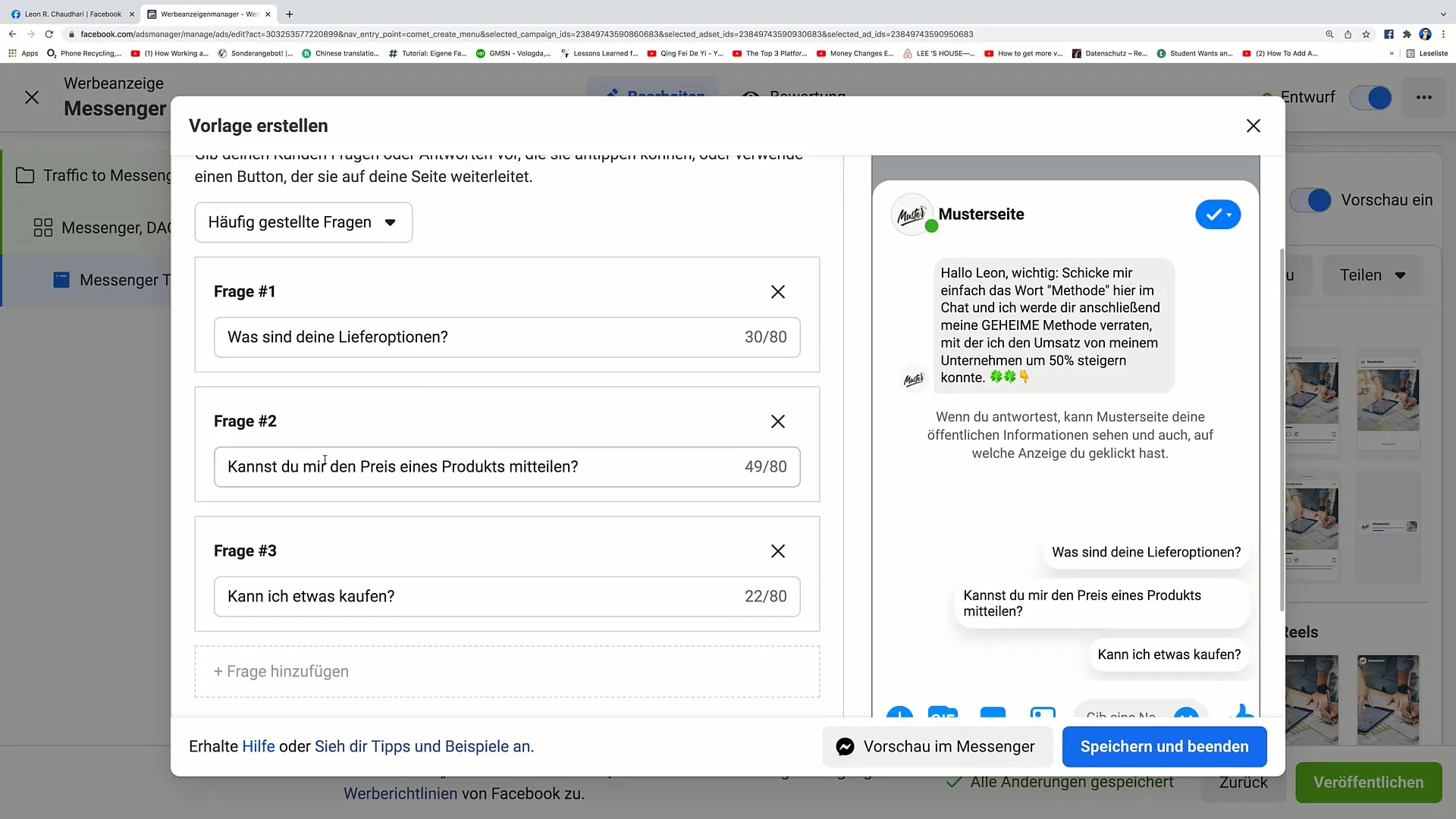
7. Combining text and image elements
You also have the option to combine text with image elements. The image can be the same one used in your advertisement. This creates a consistent visual impression and increases the likelihood of user engagement.
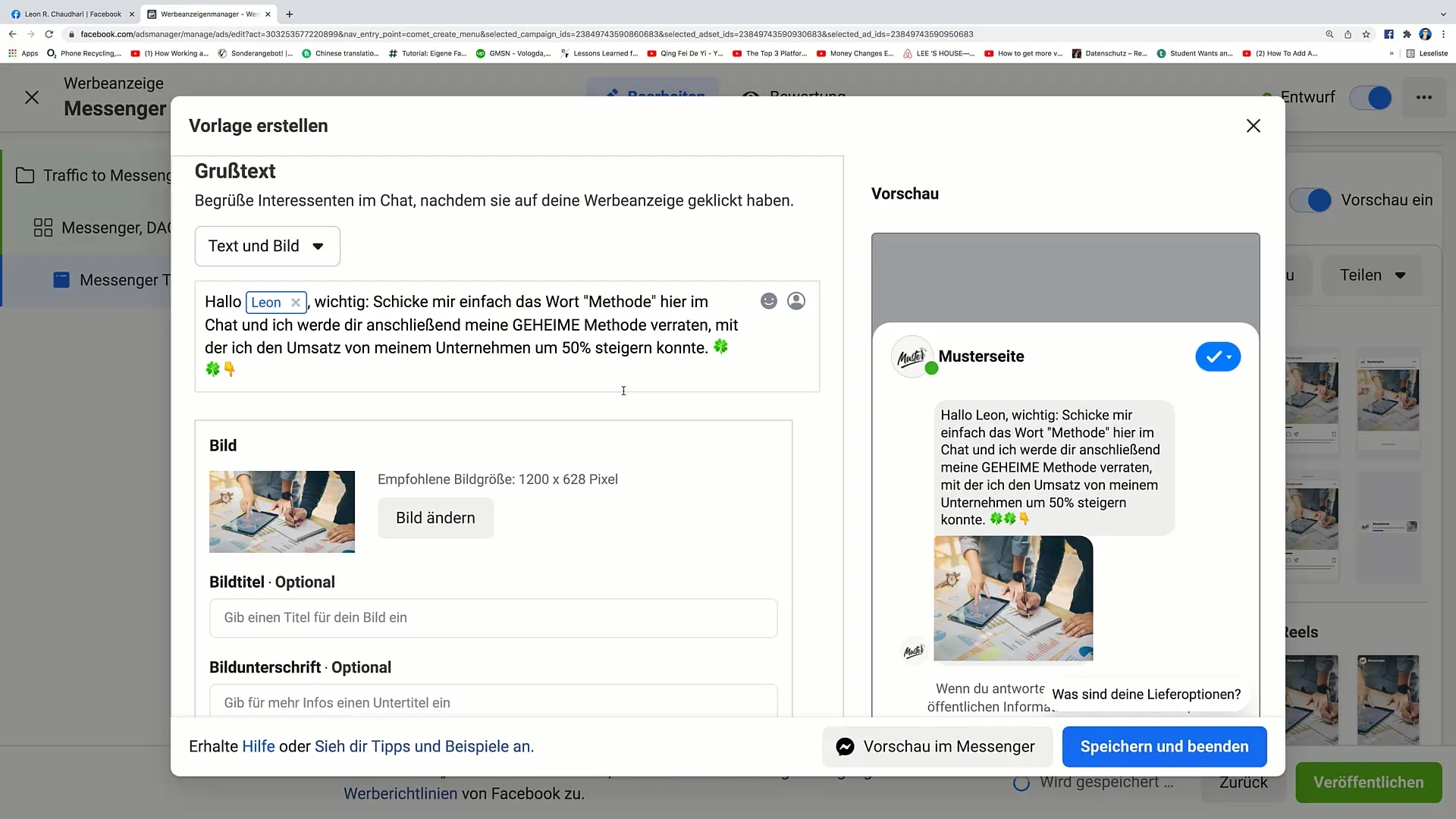
8. Setting up quick replies
In addition, you can program quick responses that are displayed directly in the chat. This facilitates user interaction with your brand and ensures that inquiries are efficiently answered.
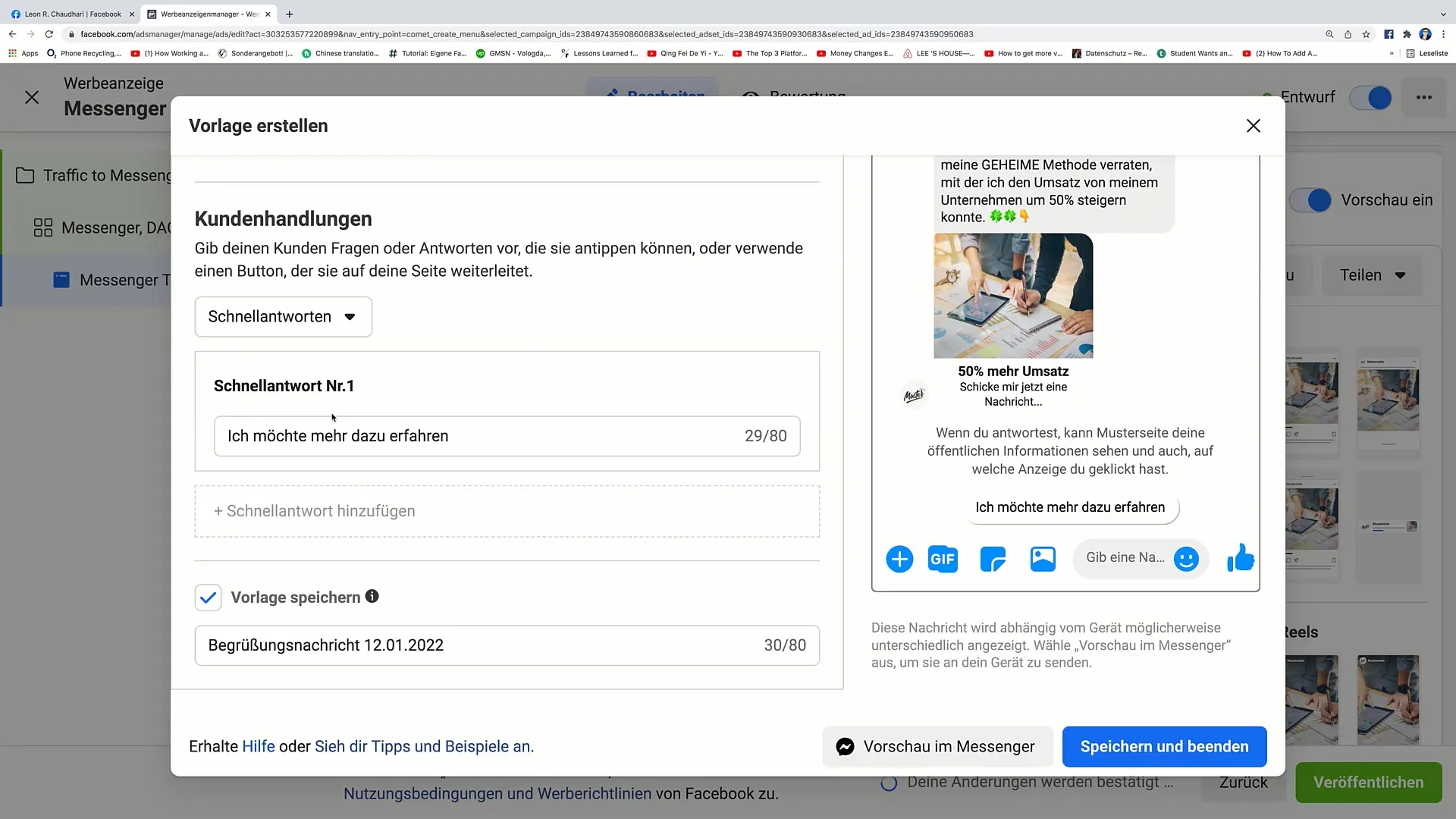
9. Saving and ending the conversation
After you have added all the desired elements, you can save the conversation. This allows your chatbot to lead the conversation and send further messages to the users.
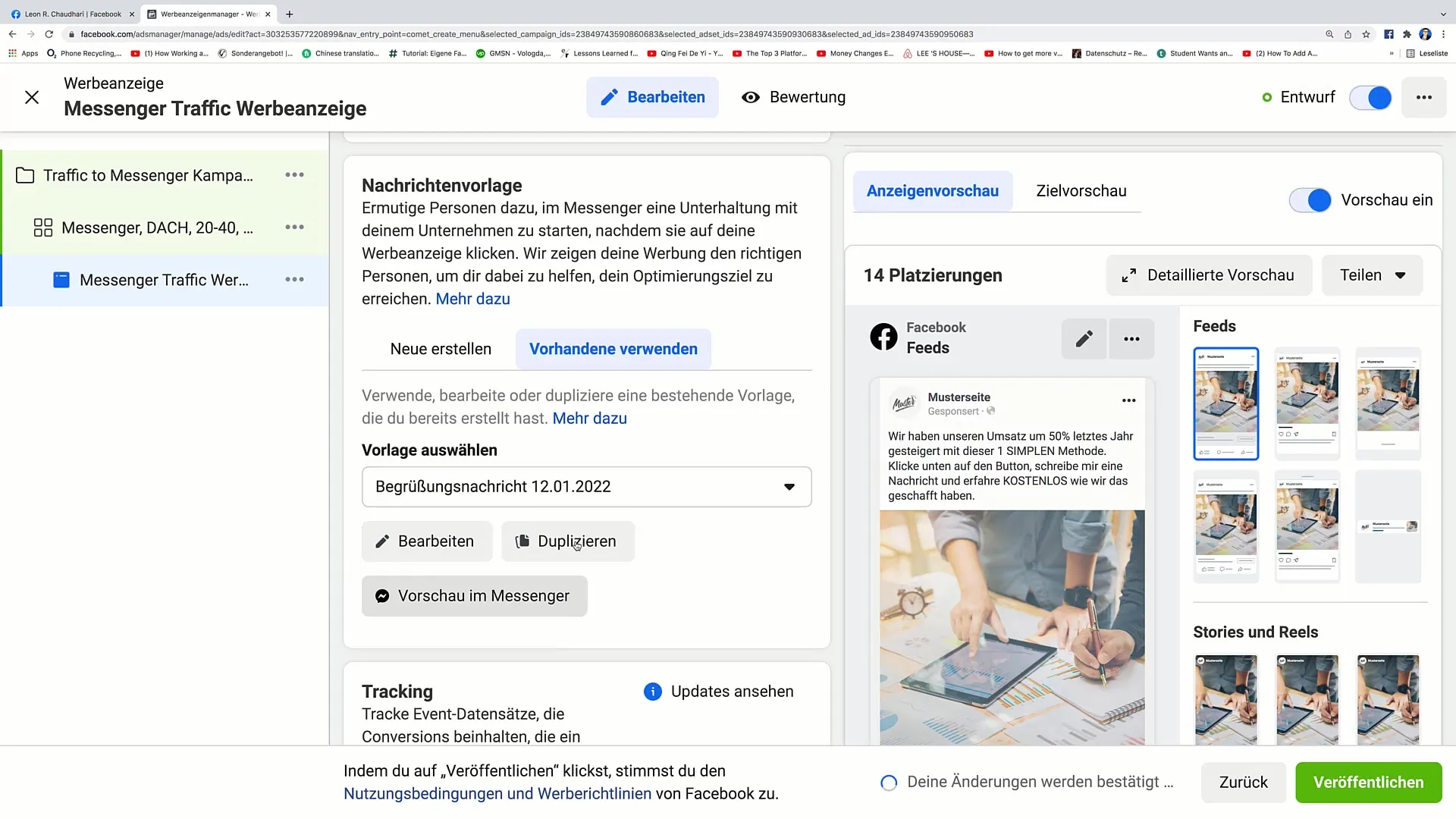
Summary
In this guide, you learned how to create pre-made conversations in Facebook marketing. From creating engaging text to personalization and integrating visual elements – all these aspects are important to increase engagement with your target audience and improve the efficiency of your ads.
Frequently Asked Questions
How important are pre-made conversations for marketing?Pre-made conversations are crucial to encourage user engagement and provide information quickly.
Can I use different texts for A/B tests?Yes, testing different text variations can significantly increase response rates.
How do I personalize my messages?You can insert the recipient's first name into your message to achieve a more personalized address.
Do emojis really add value?Yes, emojis can enhance the text and provide visual stimuli.
How can I increase engagement?Frequently asked questions, interactive buttons, and personalized messages can significantly increase engagement.
